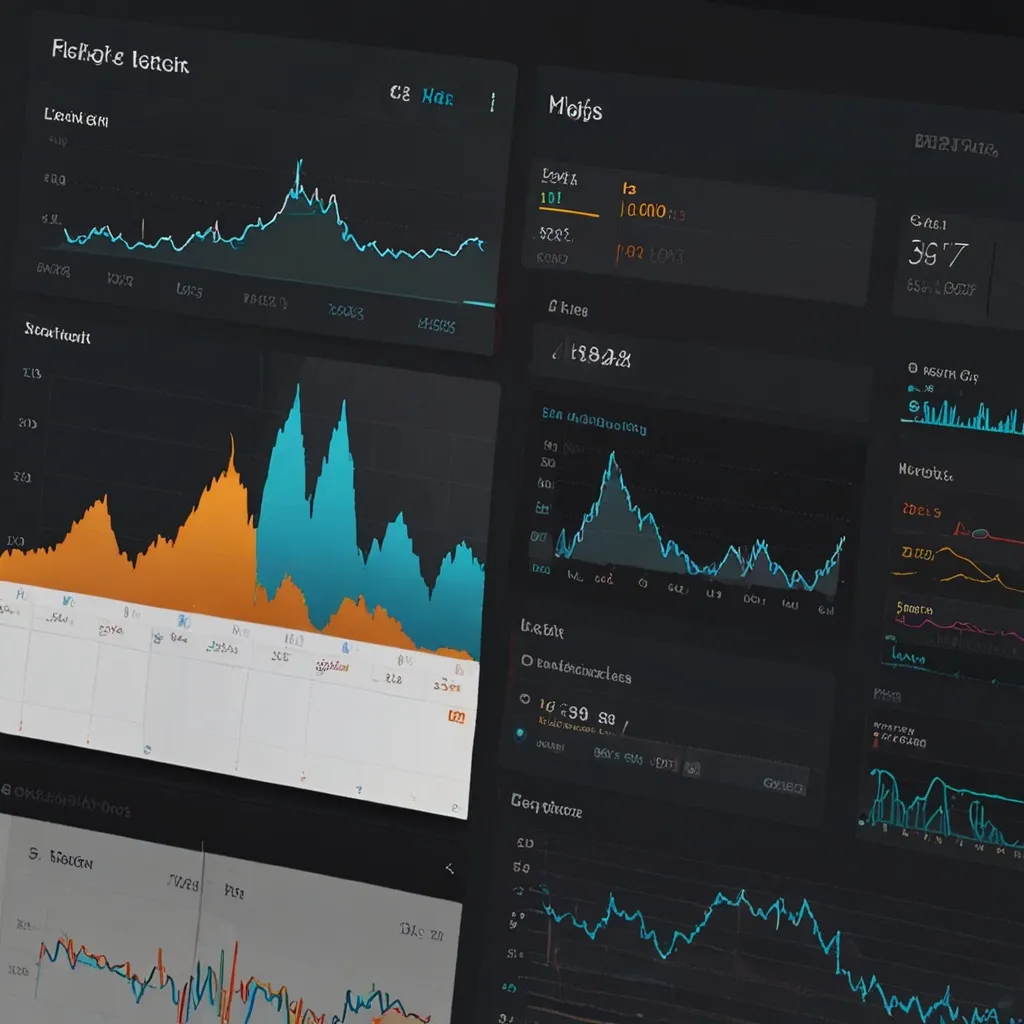Hey there! Let’s talk about Ember.js, a rocking JavaScript framework that’s perfect for putting together scalable, single-page web apps reminiscent of desktop experiences. This MVC-pattern follower brilliantly manages web app logic by splitting it into three interconnected parts: model, view, and controller. If your next project demands a desktop-like feel within a web app, Ember.js should definitely be on your radar.
Diving into Ember.js starts with getting your development environment ready. The hero here is Ember CLI (Command Line Interface), a vital tool that makes creating and managing Ember applications a breeze. Think of it as a trusty sidekick with code generators that help you create new bits and tuck them into the right directories, ensuring your project has a solid foundation from the get-go.
Spin up a new Ember app with CLI, and bam—you’ve got a built-in development playground spruced up with fast rebuilds, auto-reload, and a test runner. This environment makes development smoother and more streamlined. Want a new component? Just fire up ember generate component my-component and let CLI handle the heavy lifting.
One of Ember’s shining stars is its routing system. This gem handles URLs effortlessly, a big win for single-page applications. Imagine you’re dealing with a blog app—you’ve got routes like /posts, /posts/:post_id, and /posts/:post_id/comments. Ember’s router manages these routes like a pro, ensuring the right data loads seamlessly as users hop around.
Let’s talk data. Ember Data, the built-in data access library, works wonders for accessing and managing data from various sources while keeping your models tip-top. Picture an e-commerce site with products, orders, and customers. Ember Data syncs these models and their relationships like a master conductor, ensuring data remains consistent and up-to-date.
Ember.js dabbles with Handlebars templates for dynamic HTML content. This templating engine binds your templates to your app’s data, updating in real-time with changes. Here’s a simple snapshot:
<div>
<h1>{{title}}</h1>
<p>{{description}}</p>
</div>
With {{title}} and {{description}} standing as placeholders, the template paints your data right onto the screen when rendered.
Another cool Ember feature is its two-way data binding. Any changes in your data model show up in your UI, and vice versa. So, if you’ve got a form with input fields, any tweaks in those fields instantly reflect in your data model properties, keeping everything in sync without a hitch.
Performance buffs will appreciate that Ember.js leans on the Glimmer rendering engine—among the speed champs in rendering tech. Glimmer compiles templates down to an uber-efficient virtual machine, ensuring your app cruises smoothly. Plus, performance upgrades often come bundled with version updates, so you get speed boosts without the extra legwork.
When it comes to testing and debugging, Ember.js doesn’t slack. It packs a modern test harness baked into every application by default. Generate a new entity via Ember CLI, and voilà—tests for that entity show up too. This built-in testing culture means you’re prepped for robustness right from day one.
Three testing tiers are at your disposal: unit tests, integration tests, and acceptance tests. Unit tests verify individual components, integration tests check component interactions, and acceptance tests ensure your whole app functions as intended. So, say you’ve got a component listing items, unit tests ensure it renders right, integration tests confirm its smooth interaction with other components, and acceptance tests validate the whole shebang works as expected.
One of Ember.js’s greatest assets is its bustling community and ecosystem. Thousands of contributors worldwide keep the pulse alive with documentation, tutorials, and support. This vibe makes it easier to dive into Ember.js and keep up with the latest. Add-ons and plugins are also in abundance, offering functionalities ranging from authentication and authorization to analytics and performance tweaks.
Now, let’s break down the pros and cons.
Pros first:
- Strong conventions and best practices are core to Ember.js, making it easier to build maintainable and scalable apps.
- Ember CLI is your powerful command-line buddy, simplifying development tasks.
- Two-way data binding keeps your application’s state consistent with minimal fuss.
- Ideal for hefty, complex applications thanks to robust architecture and conventions.
- Active community with extensive documentation provides you a solid support net.
But every rose has its thorns:
- The learning curve can be steep because of the complex architecture.
- It’s a heavyweight framework, not the most agile for smaller projects.
- Strong conventions sometimes mean less flexibility for developers who prefer freestyle coding.
- The ecosystem, though robust, is smaller compared to giants like React or Vue.
In a nutshell, Ember.js is a powerhouse for crafting scalable, single-page web apps. Its strong conventions, snazzy command-line tools, and efficient data binding make it a worthy pick for ambitious web ventures. Sure, it can be a bit of a mountain to climb at first, and it’s heftier than some other frameworks, but many developers find the payoff well worth it.
Understanding Ember’s features and functionalities equips you to decide if it fits your next web project. Whether aiming for a complex enterprise app or a simple web tool, Ember.js offers you what you need to succeed. So, why not give it a spin and see how it can elevate your next web masterpiece?






